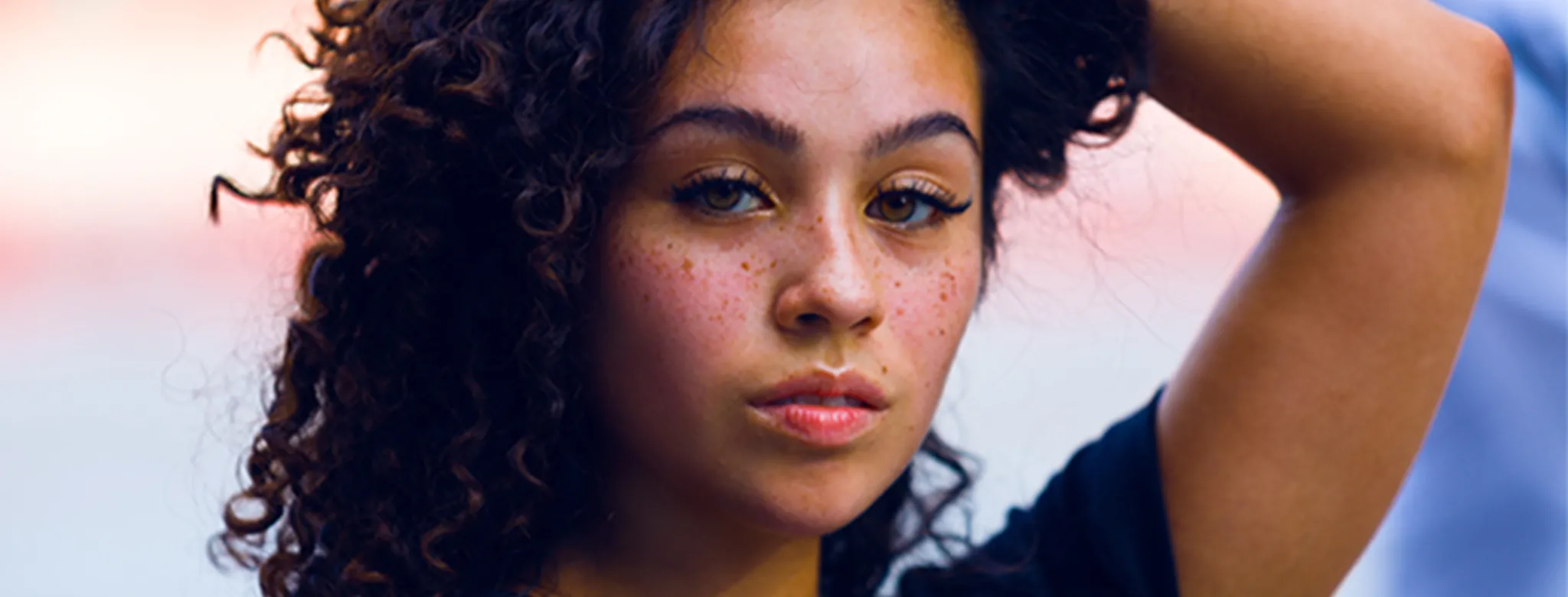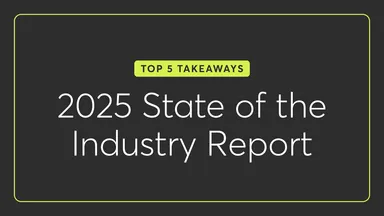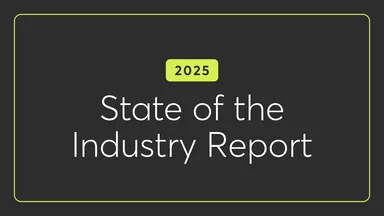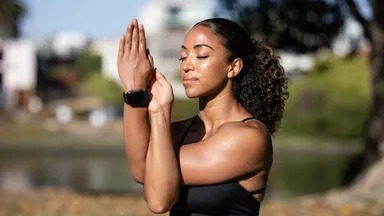
The Real Price of Beauty in the UK
Last updated: January 10, 2025
Recently, we delved into Britons' attitudes towards the beauty industry to determine the most popular beauty treatments, how much is spent on them per year, and the most popular times to book them.
Considering the research findings, we wanted to share five tips to help businesses who are looking to expand their current beauty product offerings or increase their knowledge of the beauty industry to ultimately boost revenue.
What is the hair, skincare, and cosmetics industry worth?
The hair, skincare, and cosmetic industry is a booming business with an increased annual revenue1 of £9.1 billion in 2010, to £10.8 billion in 2018. The industry is expected to grow by 1.4% each year between 2019 and 2023, reaching £11.6 billion by the end of 2023.
Skincare is the most profitable industry, with an annual revenue amount of £2.6 billion at the close of 2018; by 2023, this industry is set to be worth £2.8 billion. However, it is the cosmetics industry that has seen the most growth since 2010, from £1.6 billion to £2.1 billion in 2018. This industry is expected to increase further to receive an annual revenue of £2.5 billion by 2023.
How much are men and women spending on beauty treatments per year?
Somewhat surprisingly, British men are spending more than women per year on beauty treatments; men are spending £3,366.35, while women spend an average of £3,059.91 annually.
Men are spending more on beauty treatments per year as they tend to get them done more frequently, so introducing or adding to your existing male beauty and grooming offerings could really help increase customers and boost revenue for your business.
What are the most popular beauty treatments?
Based on how often they have the treatment (per year) and how much money they spend each time, on average, the five most popular and lucrative beauty treatments among men and women within the UK are:
Men:
- Hair cut (£329.77)
- Massage (£214.77)
- Teeth whitening (£188.27)
- Spa (£185.91)
- Hair styling (£184.46)
Women:
- Haircuts (£378.51)
- Hair colours (£284.70)
- Hair blow dry (£267.22)
- Hair styling (£258.50)
- Manicures (£175.77)
Looking at these findings, it's clear women spend the most on their hair per year, and although hair is important for men too, it's interesting to see that men spend a good amount of money on their wellbeing–including massages and spa appointments. Introducing more male-focussed spa treatments like this would therefore be a great idea for any spa or massage therapists to help boost revenue.
How are Britons booking their beauty treatments?
Of the women Mindbody surveyed, the most popular way to book their treatments was over the phone (49%) and this is also the second preferred option for men (24%). Alternatively, men prefer to go into the salon to book their treatments (33%); over a third of women (36%) also chose this as their preferred way to book in their beauty appointments.
Electronic bookings through a salon's website were preferred by 16% of women and 13% of men. And although app bookings were the least popular with both genders, with just 4% of women and 5% of men revealing that they use the appropriate app to book their treatments, this could be an indication that the app technology that salons are using are in need of an update. Investing in a new, user-friendly business management app software will ultimately help to encourage and increase app bookings.
What is the most popular time of year for booking beauty treatments?
July is the most popular month for Britons searching for beauty appointments, Google Trends data from the past year discovers. It was the most popular month for searching for haircuts (430 searches on average in the UK), hairdressers near me (422 searches), manicures (387 searches), nail bars near me (320 searches), massages near me (316 searches), and beauty treatments near me (285 searches).
June and September were also peak months, while January, February and November were the least popular months for people of the UK to be looking to book hair and beauty appointments.
As so many people are searching online to book beauty treatments during April, June and July, introducing special online offers during these peak months will help your salon stand out amongst the crowd and encourage customers to book these services with you. You could try offering a special lunchtime deal, or even a weekday discount.
The top five beauty treatments businesses should introduce this year.
Although there are some differences between the top five treatments for men and women, haircuts were the one treatment that both men and women spend the most money on each year. Hair styling also came out in the top five for both men and women, so introducing hair styling and cutting treatments to your offering, if you haven't already, could be a great way to boost revenue for your business.
However, if you want to appeal to both a male and female audience and really boost custom, the top five treatments that men and women spend the most money on per year are:
- Haircuts (Women £378.51; Men (£329.77) = £708.28 per year
- Hair styling (Women £258.50; Men £184.46) = £442.96 per year
- Massage (Women £132.11; Men = £214.77) = £346.88 per year
- Manicures (Women £175.77; Men £166.18) = £341.95 per year
- Spa (Women £142.60; Men £185.91) = £328.51 per year
It's really interesting to see the true price of beauty in the UK, and just how much money Britons are spending on treatments for keeping up appearances and improving their general wellbeing.
As a whole, we were quite surprised to see that men spend more than women on beauty treatments per year on average, so introducing grooming treatments targeted at males could be a great step to increase your revenue and grow your business in 2019. It seems haircuts and hair styling treatments are the golden ticket for both men and women however, so introducing or adding to your hair appointment offering is a solid business move.
Sources:
- Research taken from Statista Cosmetics and Personal Care 2018
- Statistic provided by YouGov Profiles
- All the above data provided by Statista's annual 2018 report on the cosmetics & personal care industry



